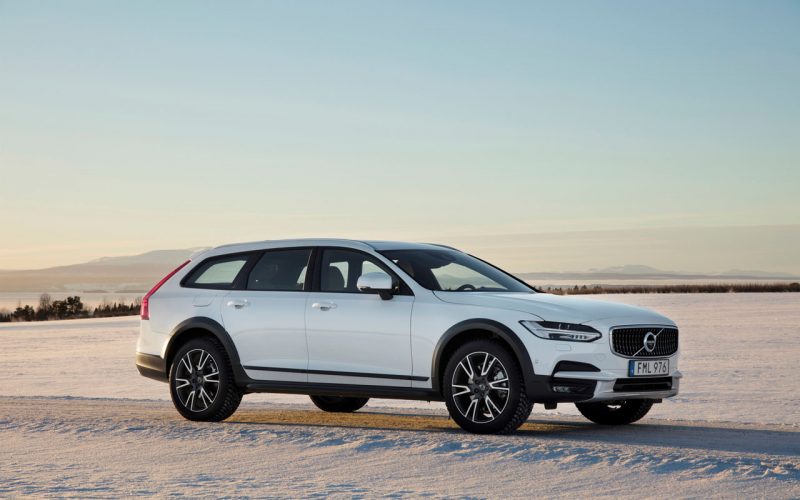
Reading Time: 6 minutesVolvo Car Canada Ltd. delivered 7,102 vehicles in 2017 compared to 6,103 the year prior, which
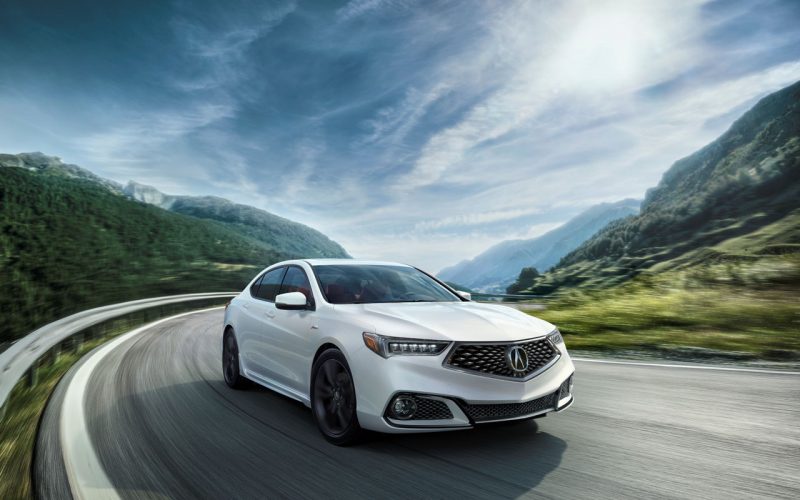
Reading Time: 4 minutesAcura, Honda’s luxury division, topped 20,000 sales in Canada for the third consecutive calendar year in
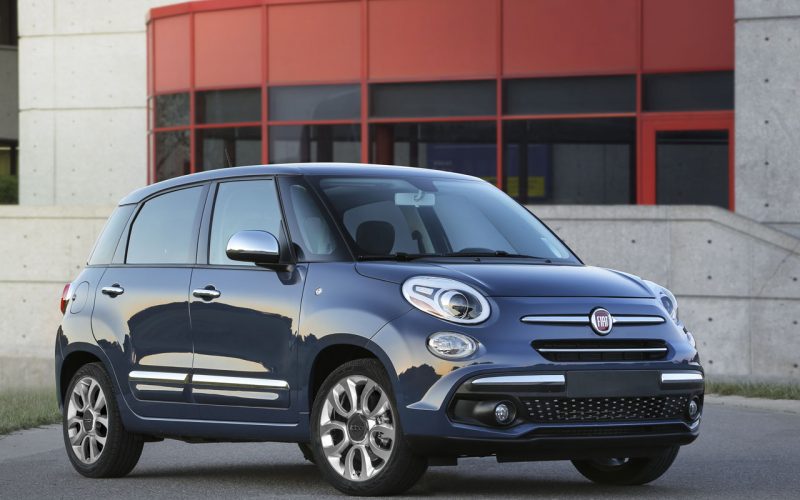
Reading Time: 4 minutesFiat recently announced some updates to two of its most practical models, the most extensive being
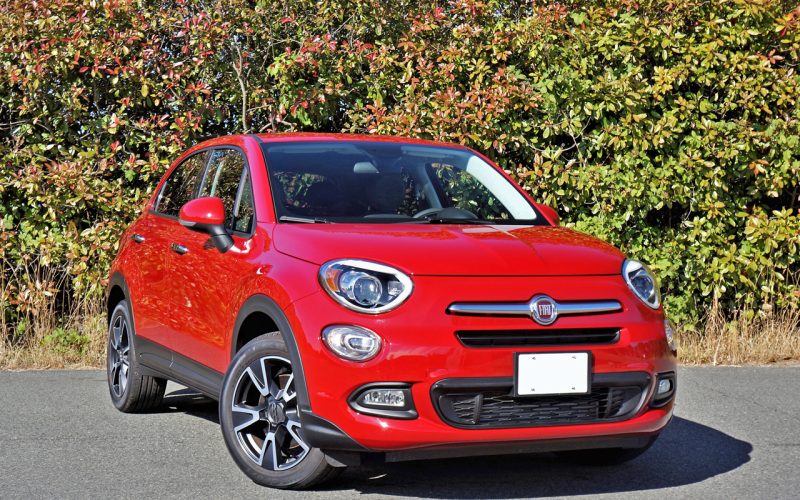
Reading Time: 7 minutesFull disclosure: I’ve been a fan of Fiat’s 500X since it debuted two years ago as
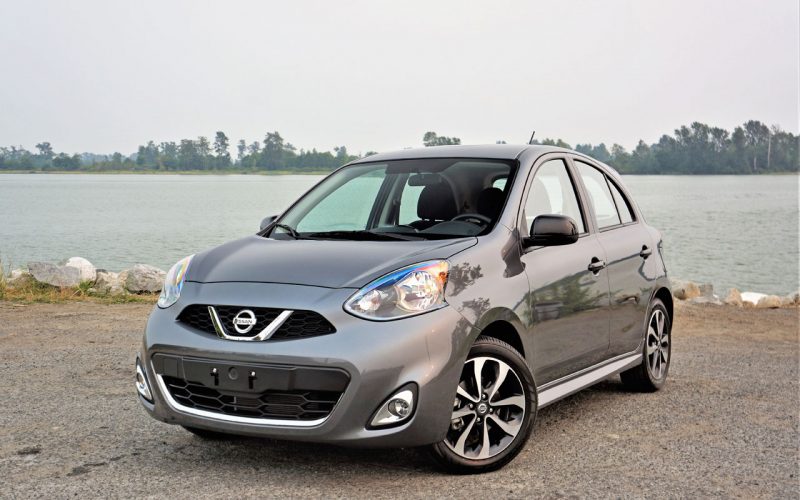
Reading Time: 6 minutesListen up. Just in case you haven’t already heard, there’s no better new car for your
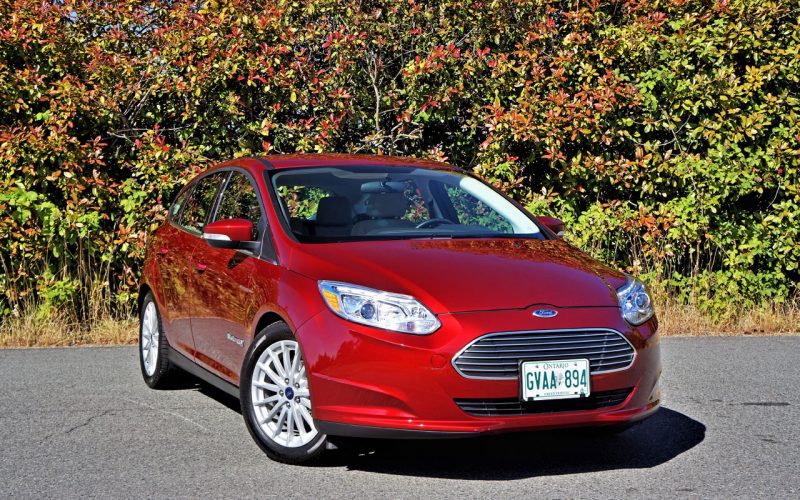
Reading Time: 7 minutesTwo things matter most with electric cars: range and price. If it can drive far enough
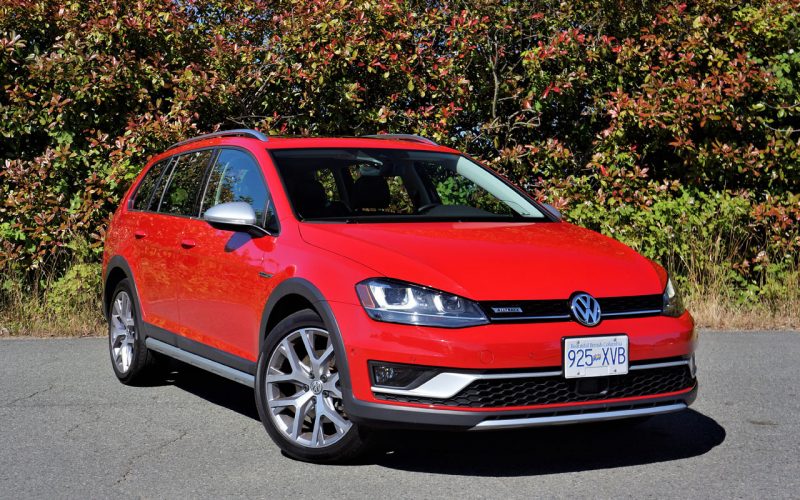
Reading Time: 5 minutesAnd the winner of the 2017 Auto Journalist Association of Canada’s (AJAC) Canadian Car of the
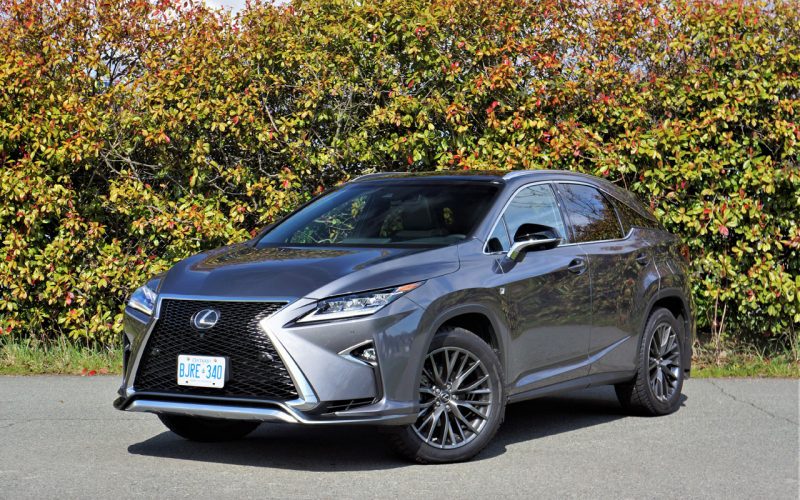
Reading Time: 8 minutesI was about to start this story by saying there has never been a more successful
© 2025 The Car Magazine. All Rights Reserved, Privacy Policy | Terms of Use